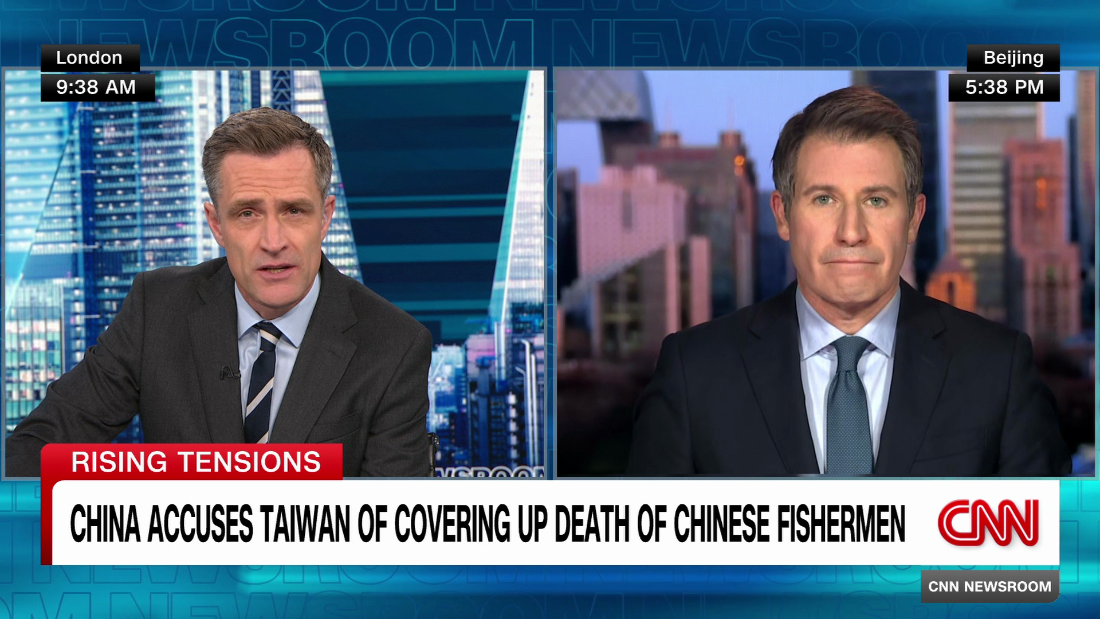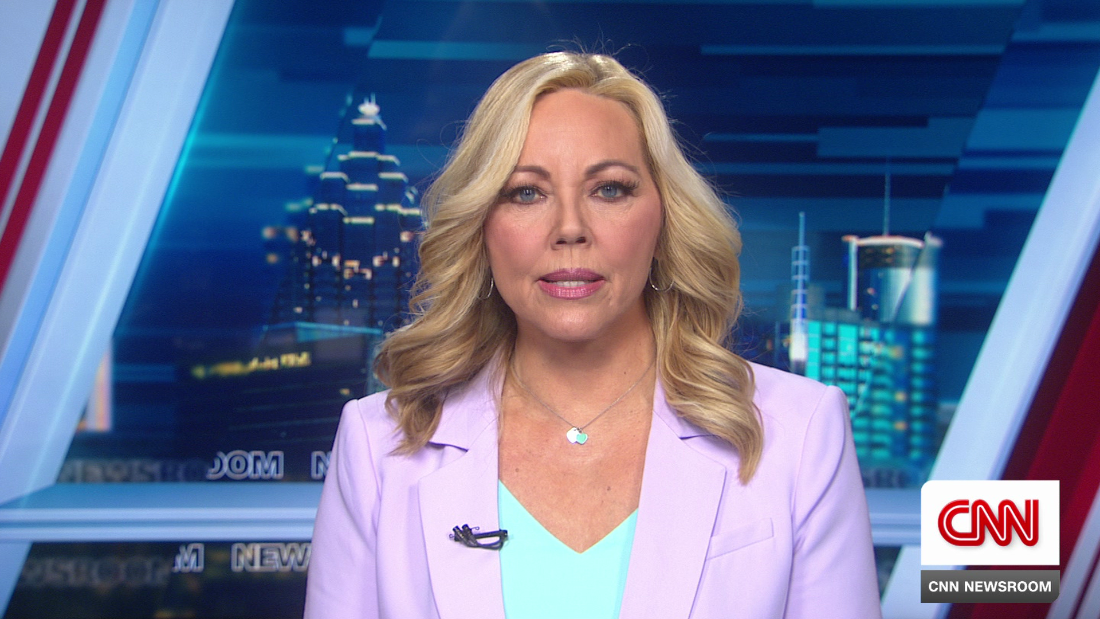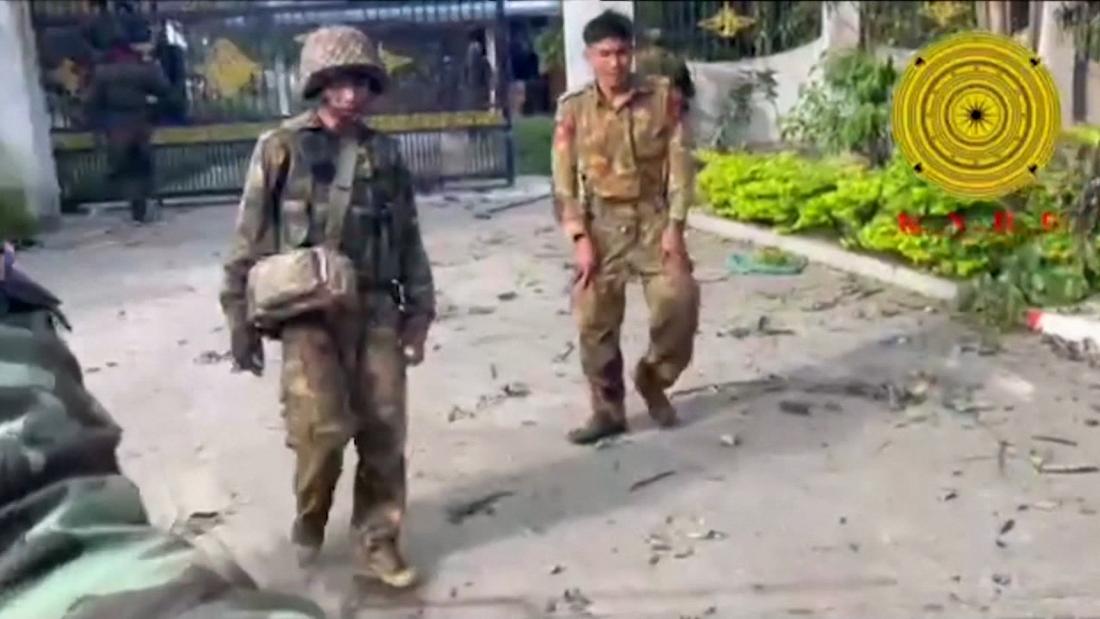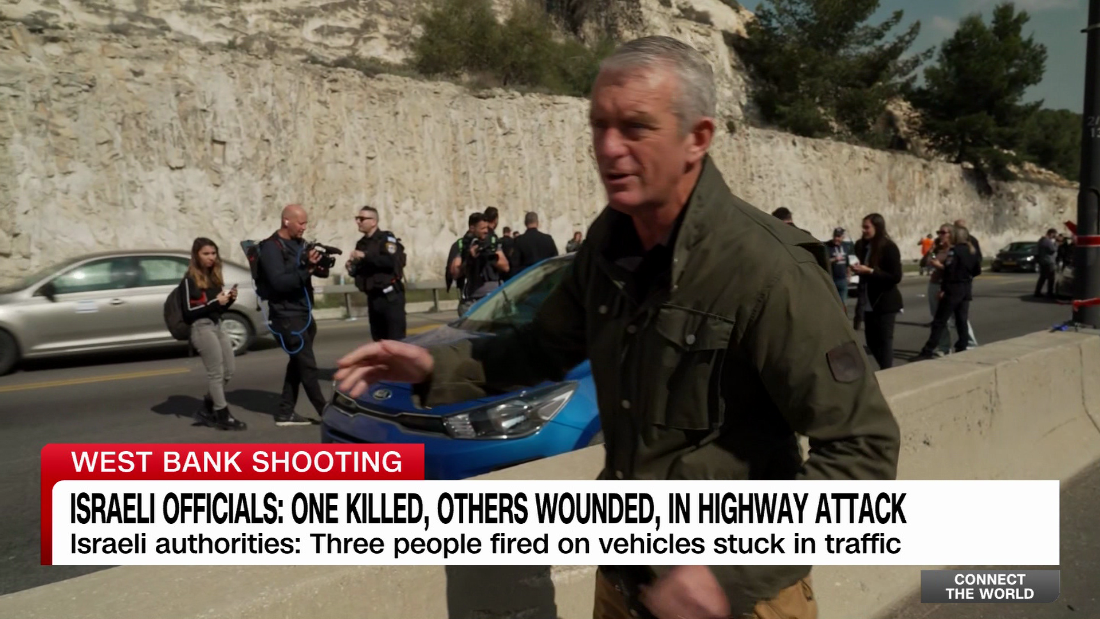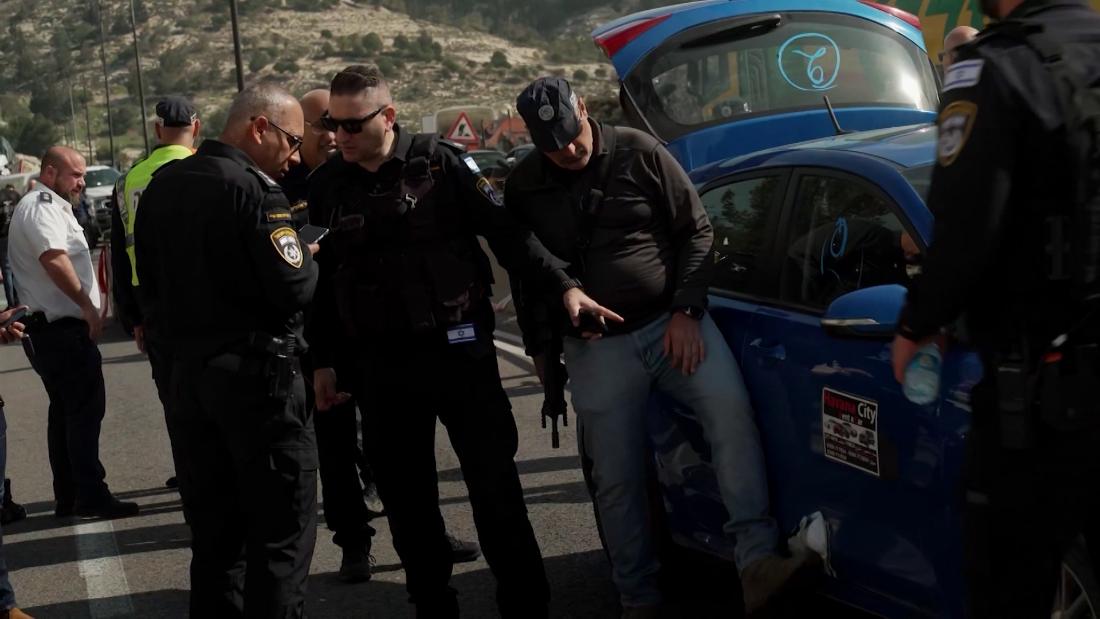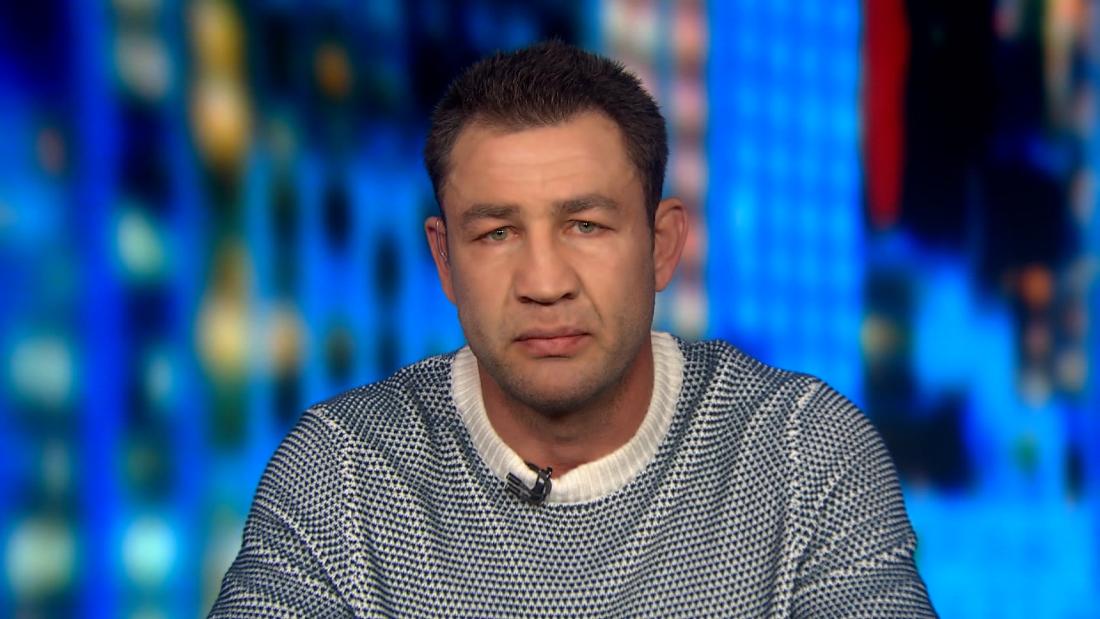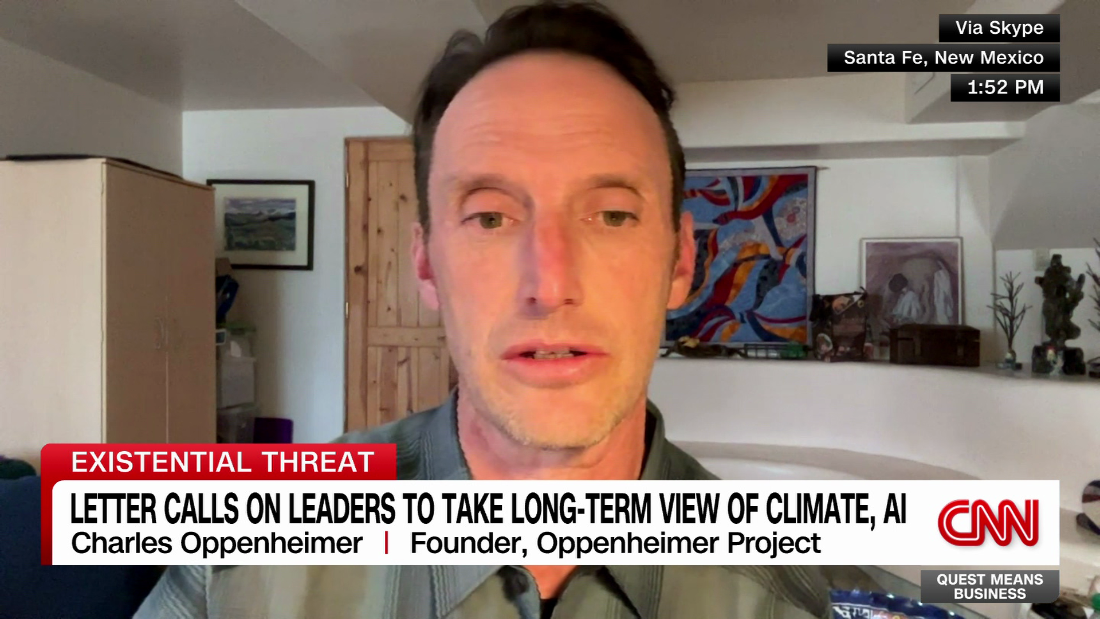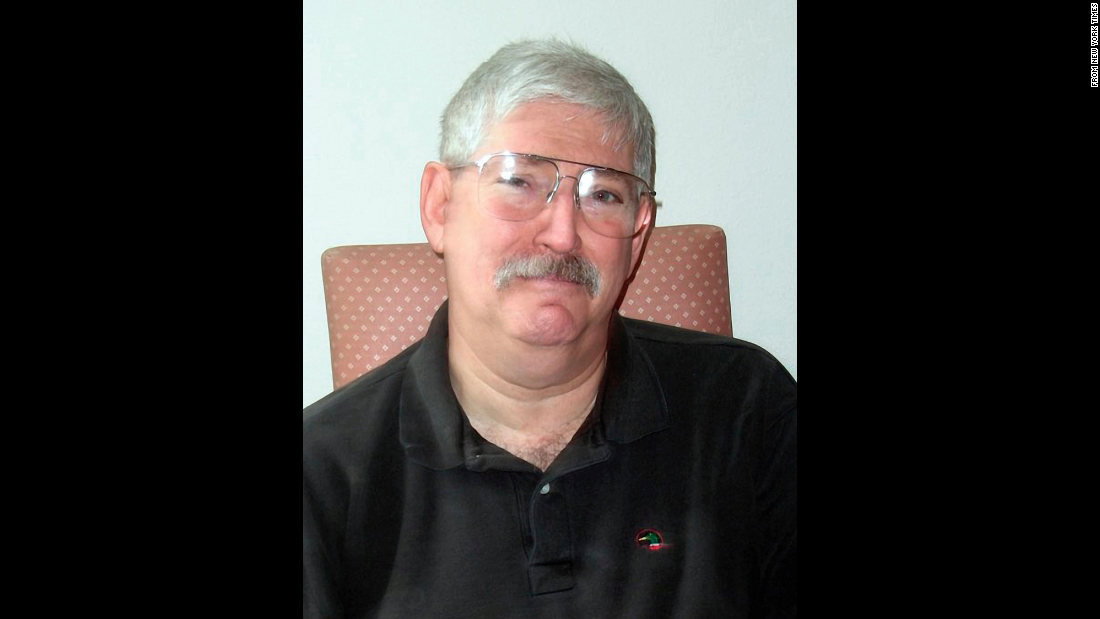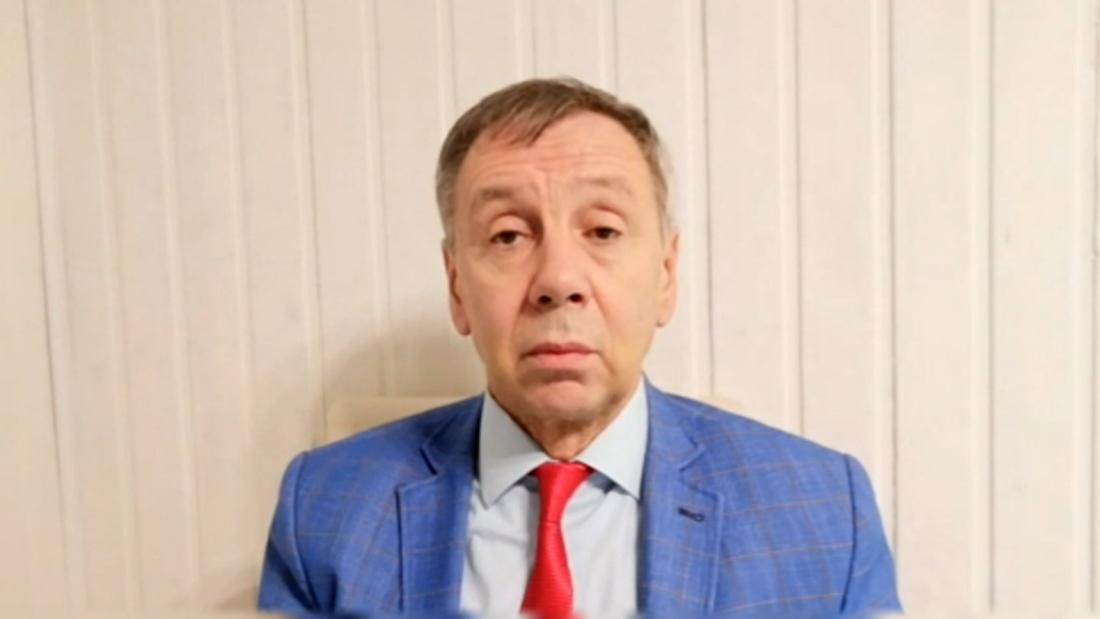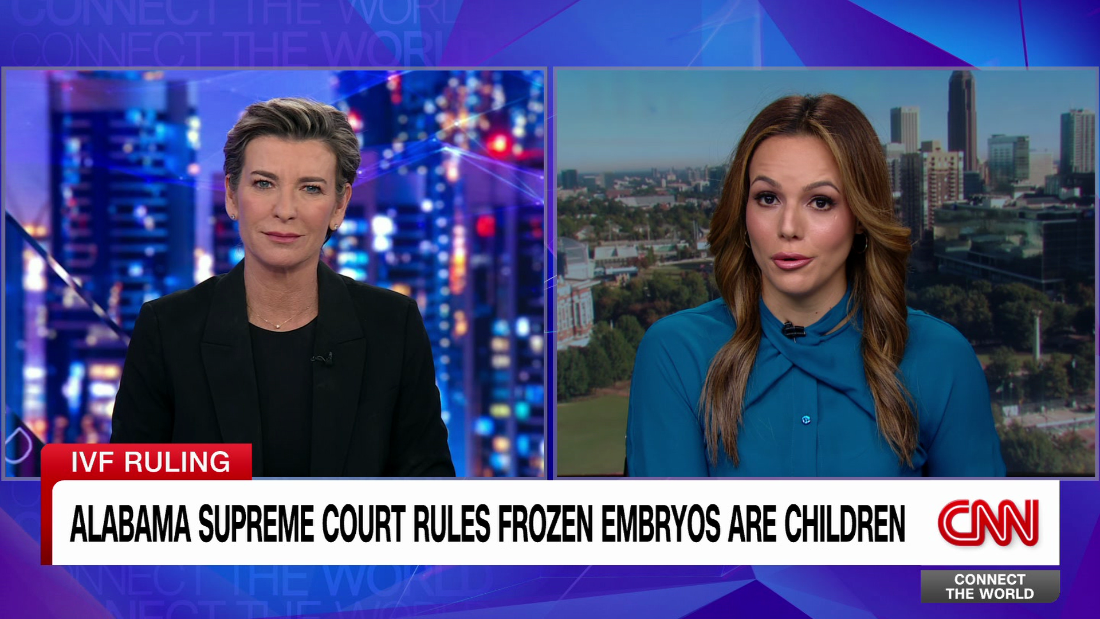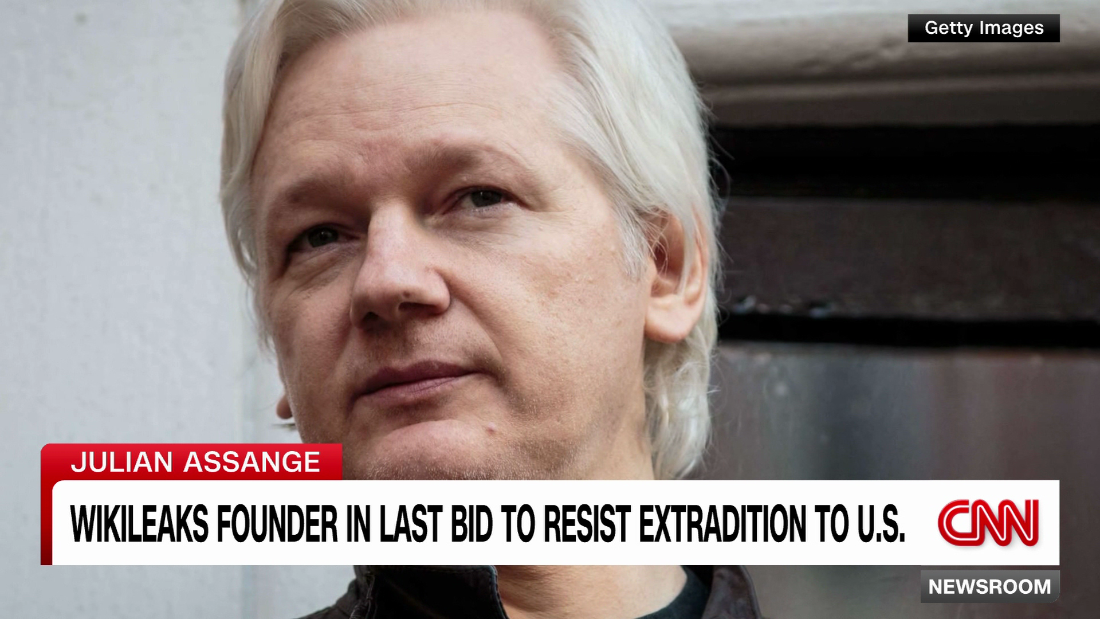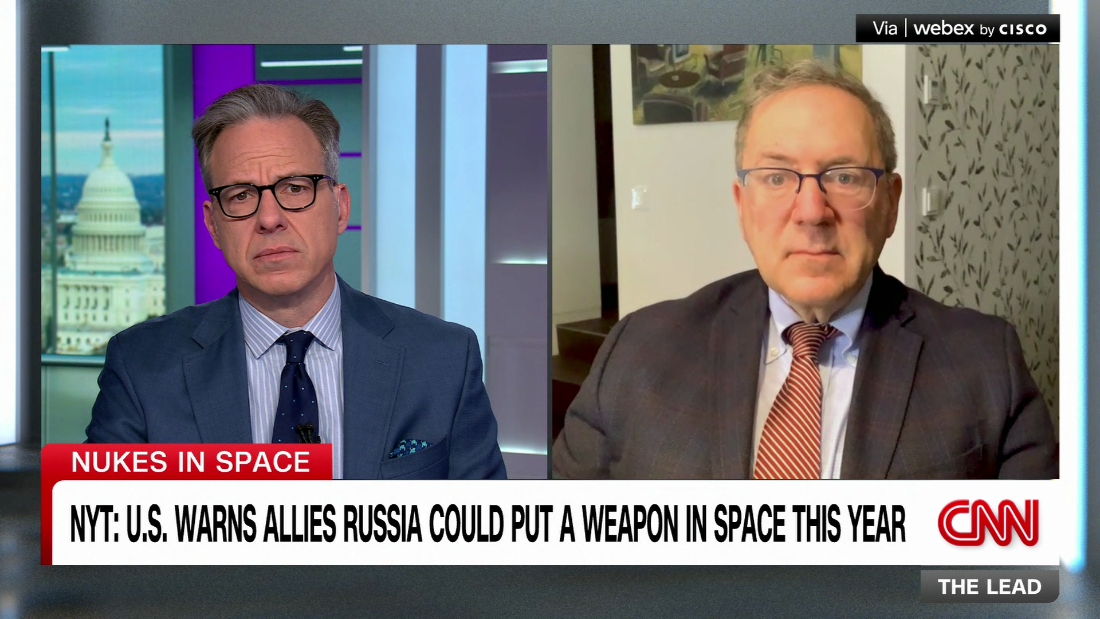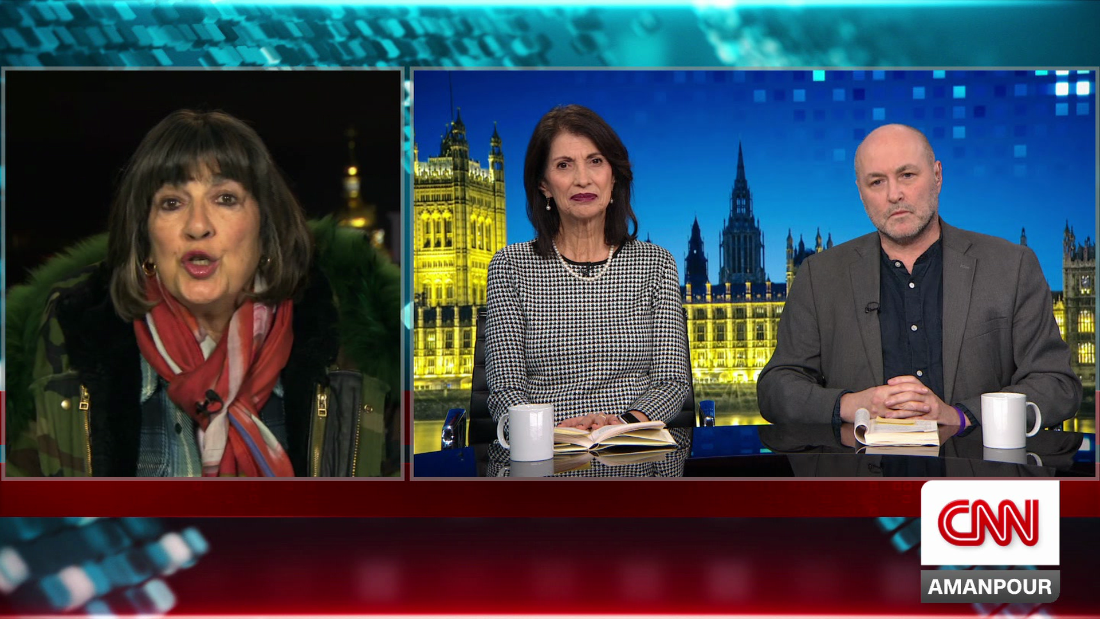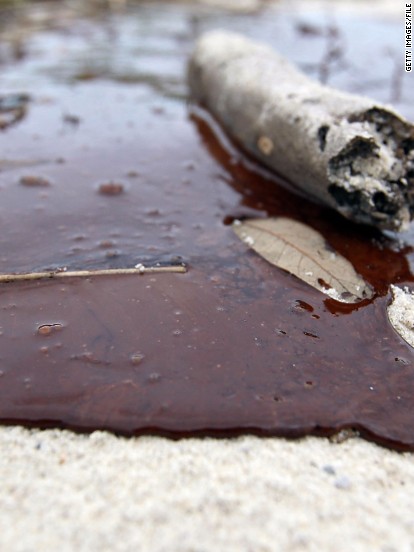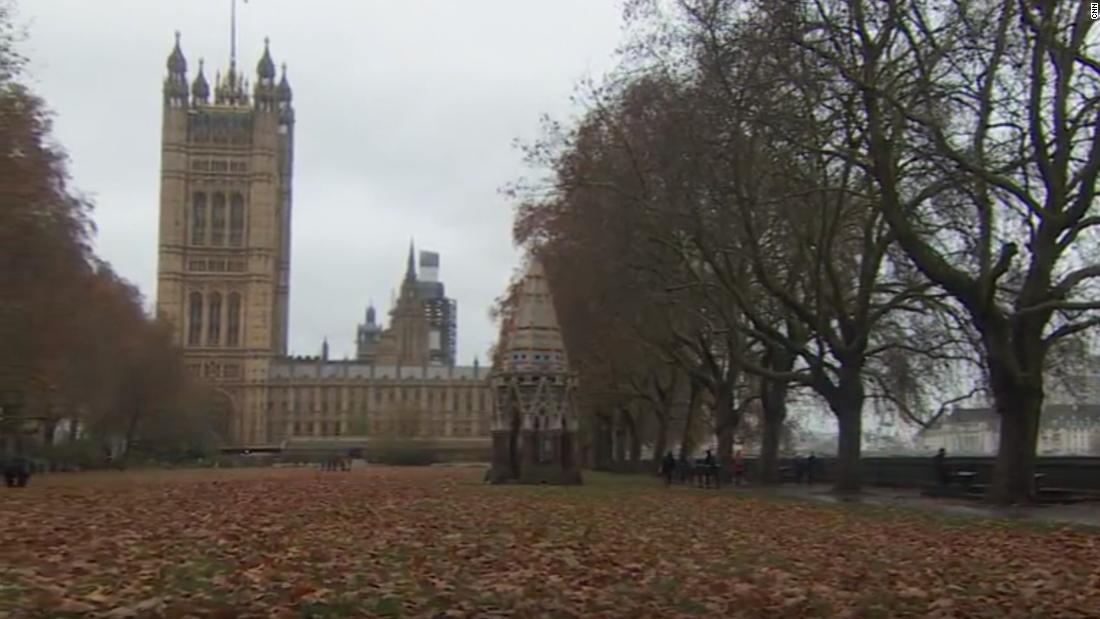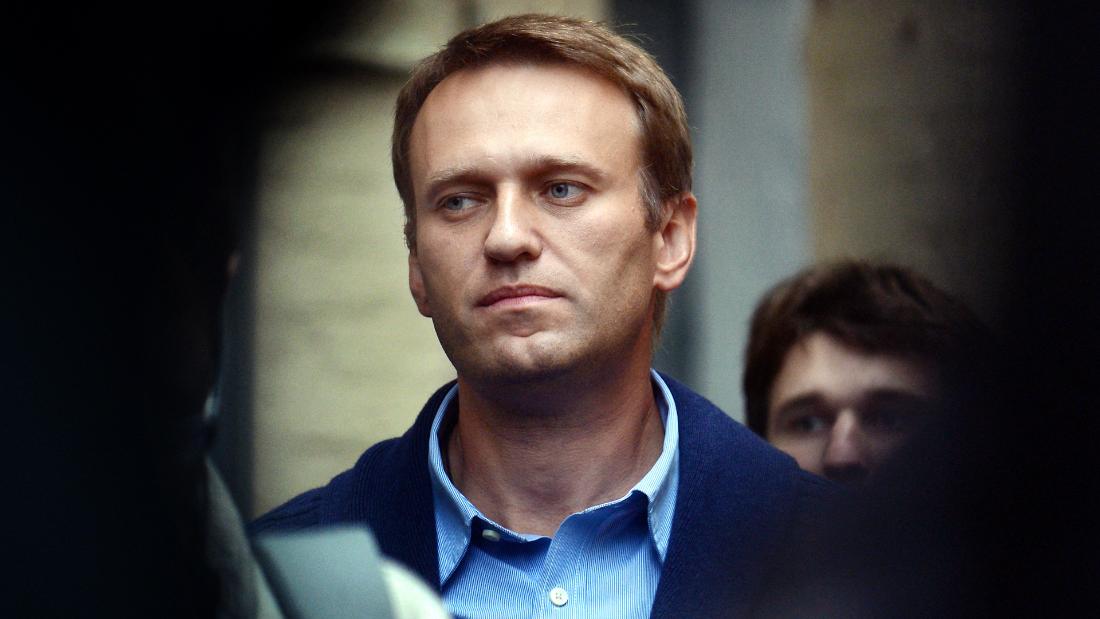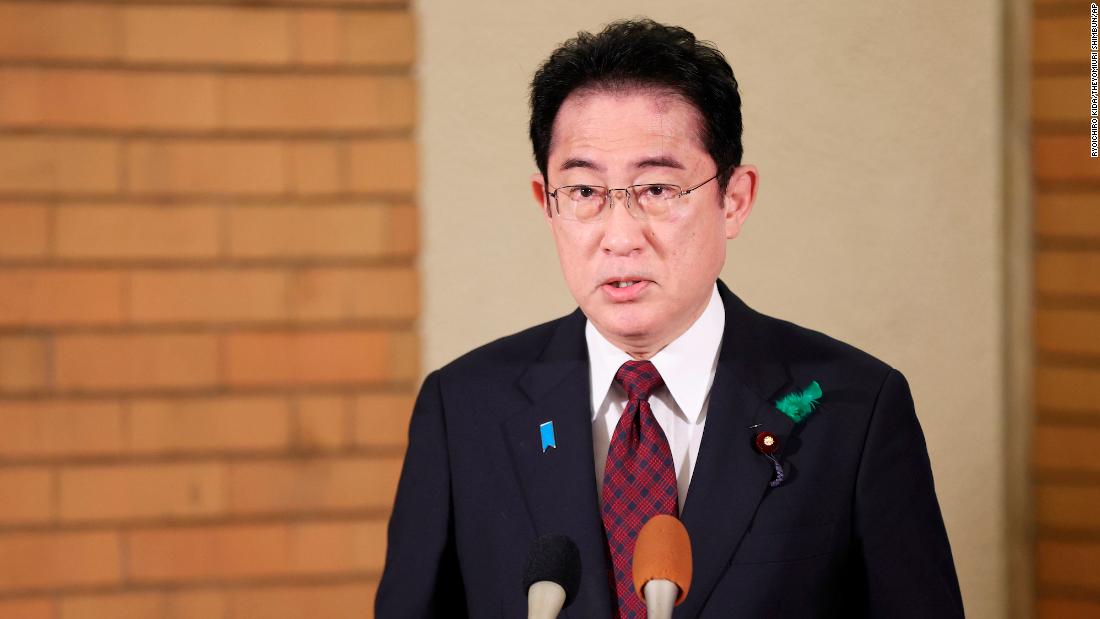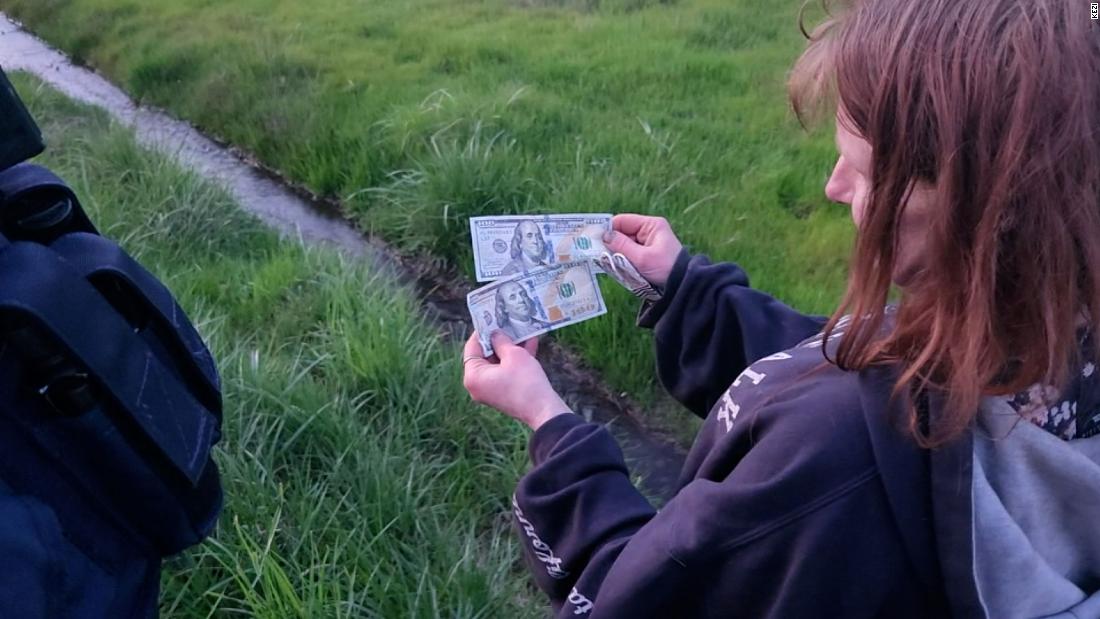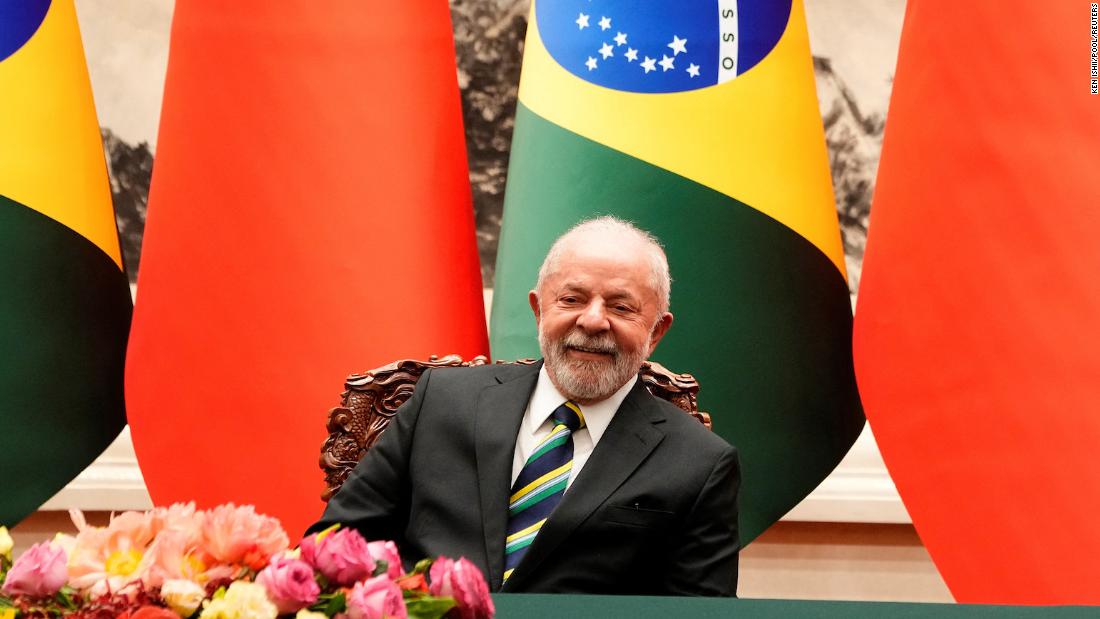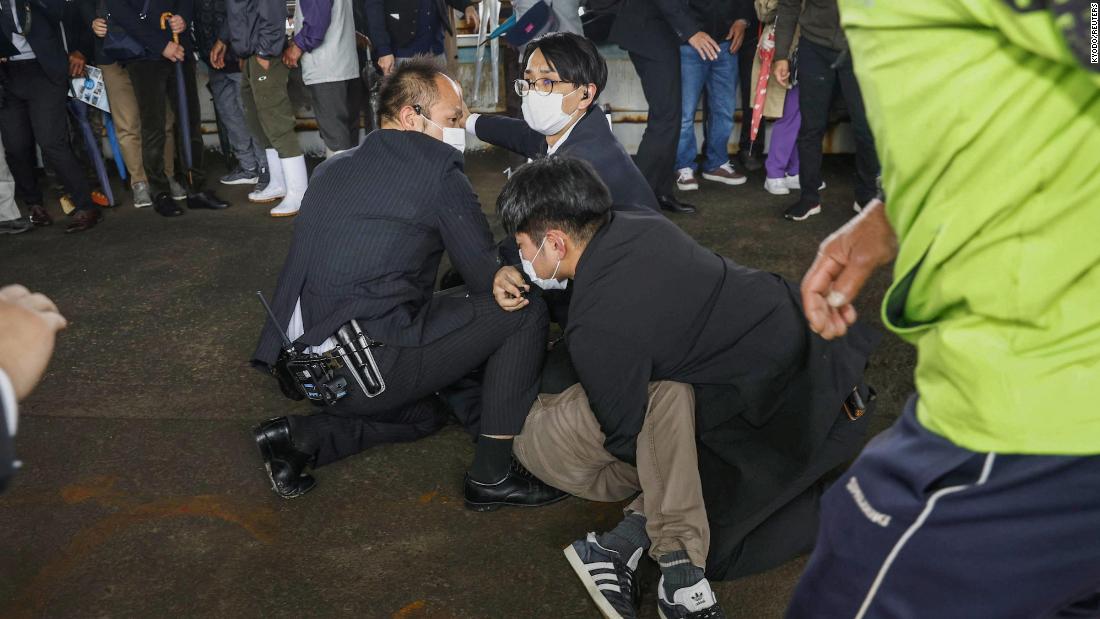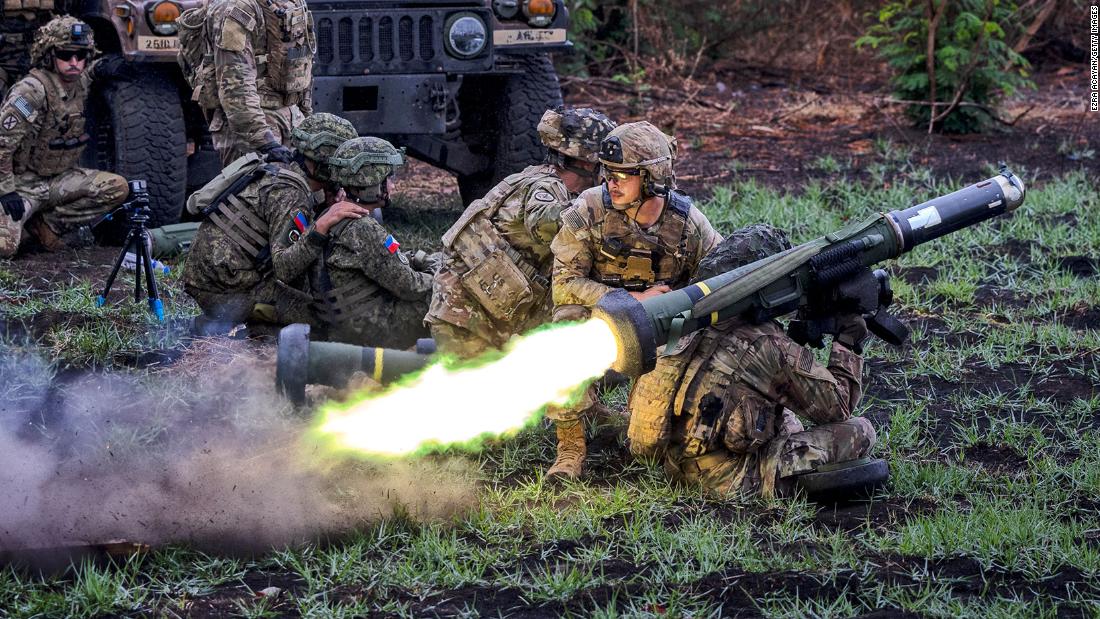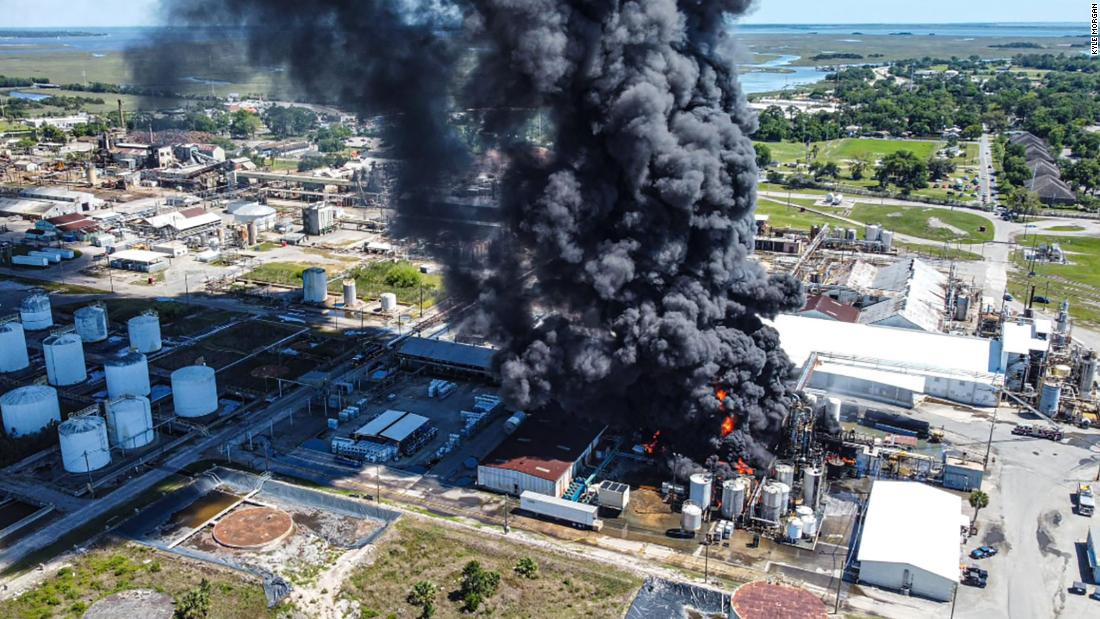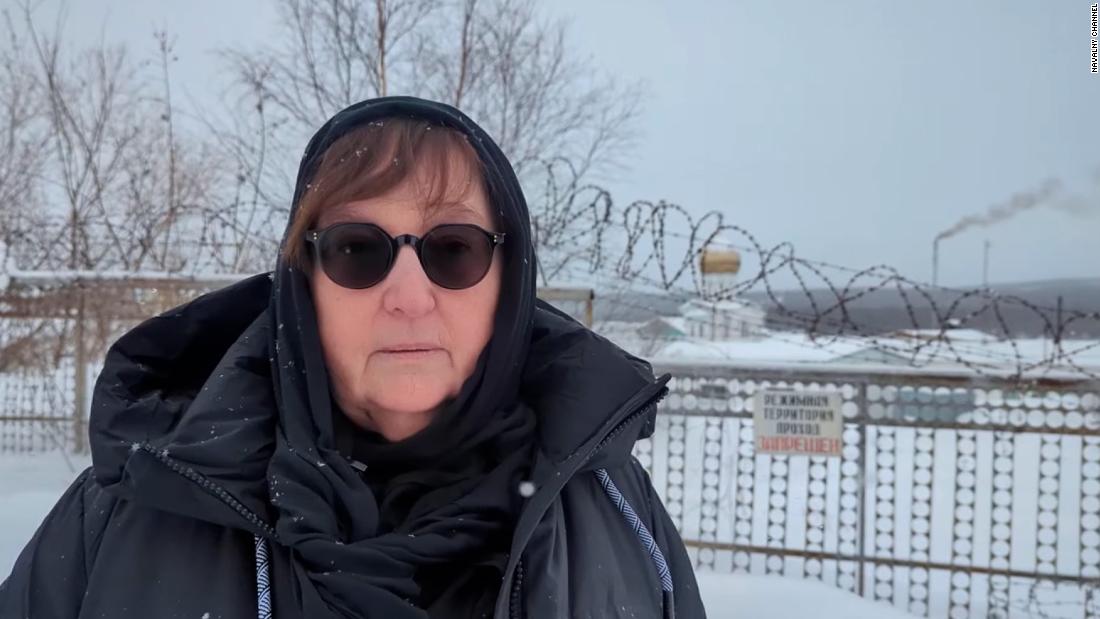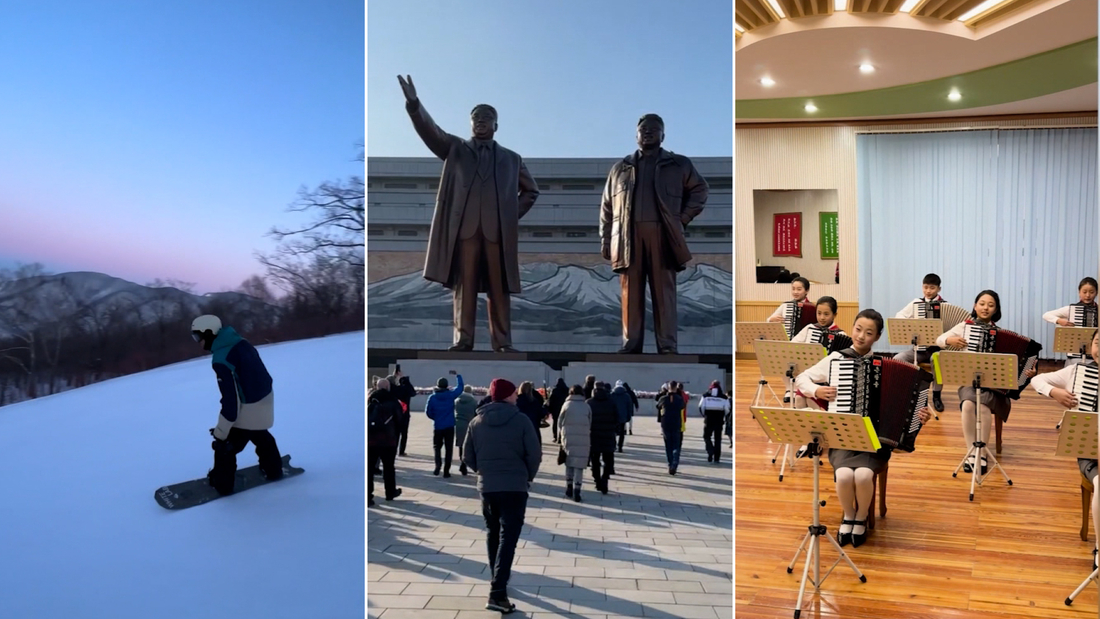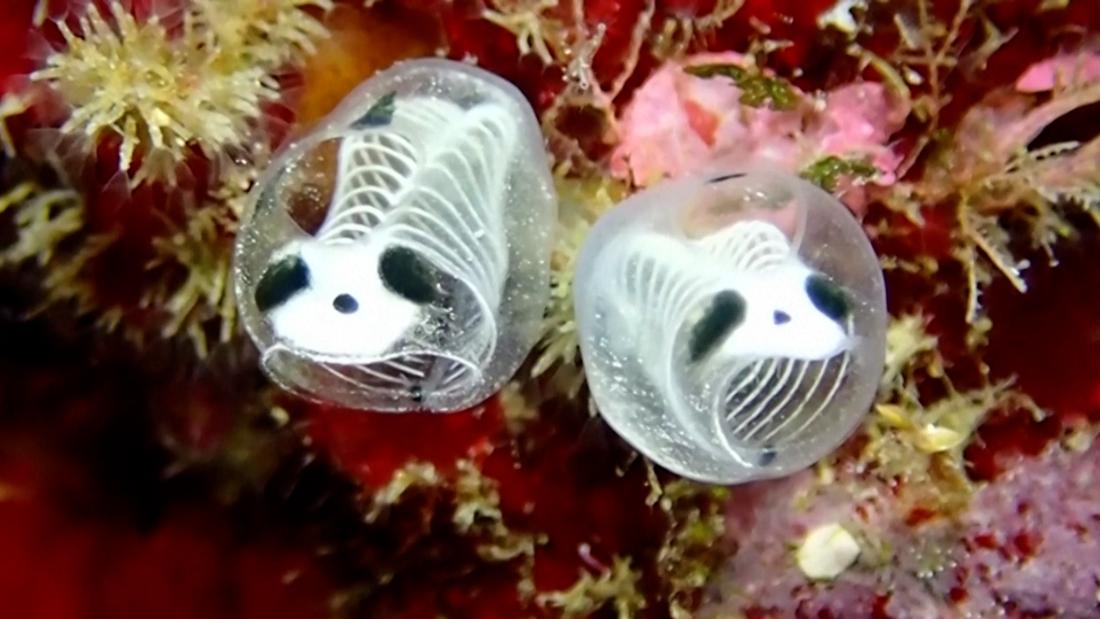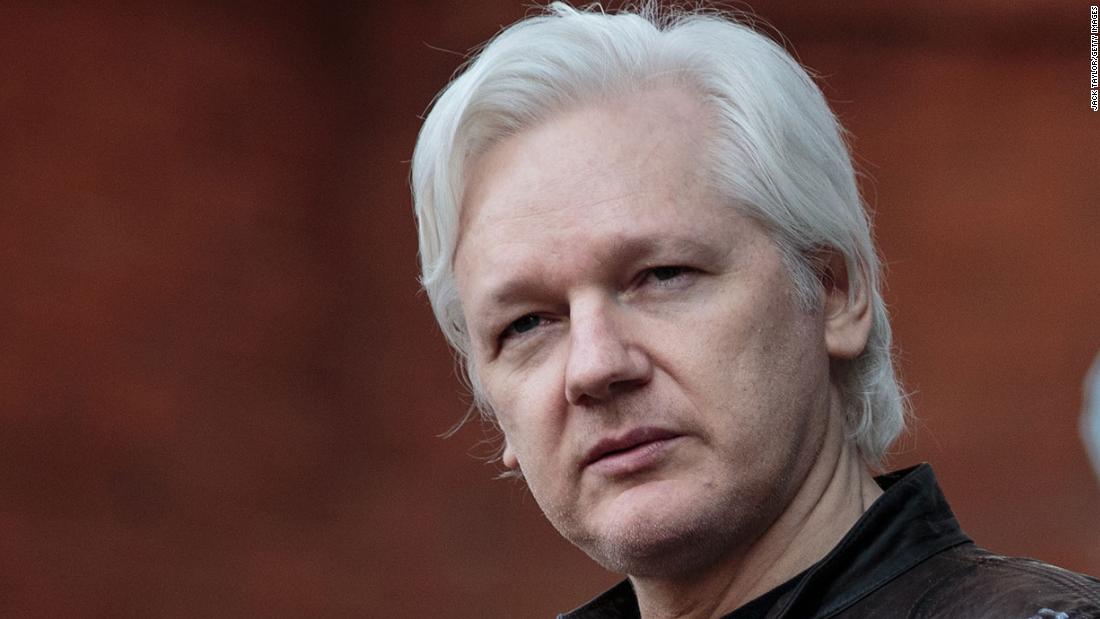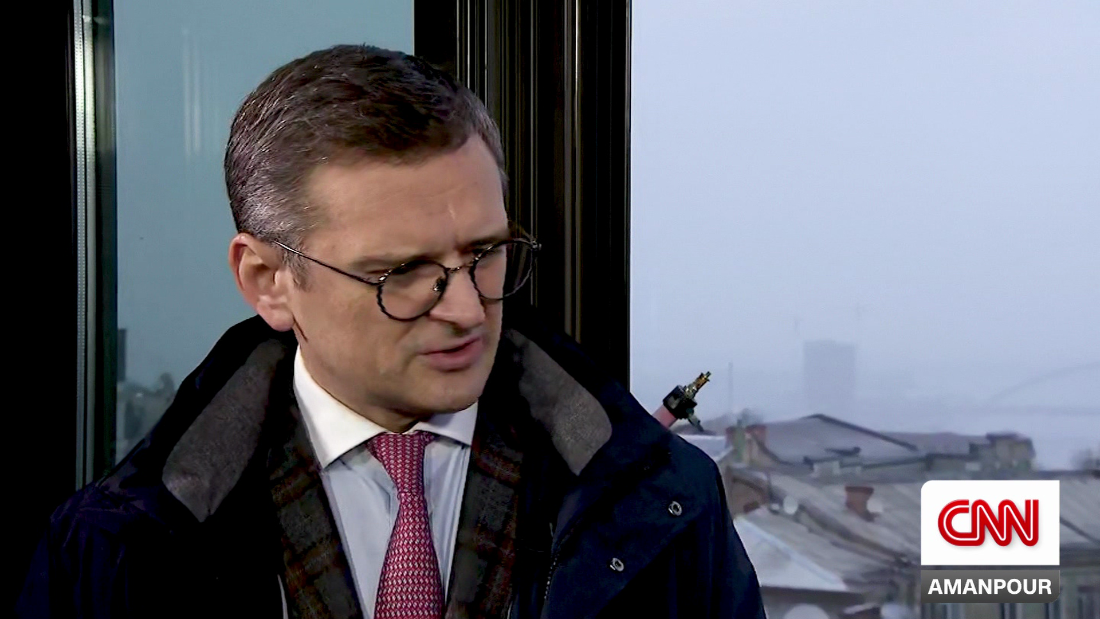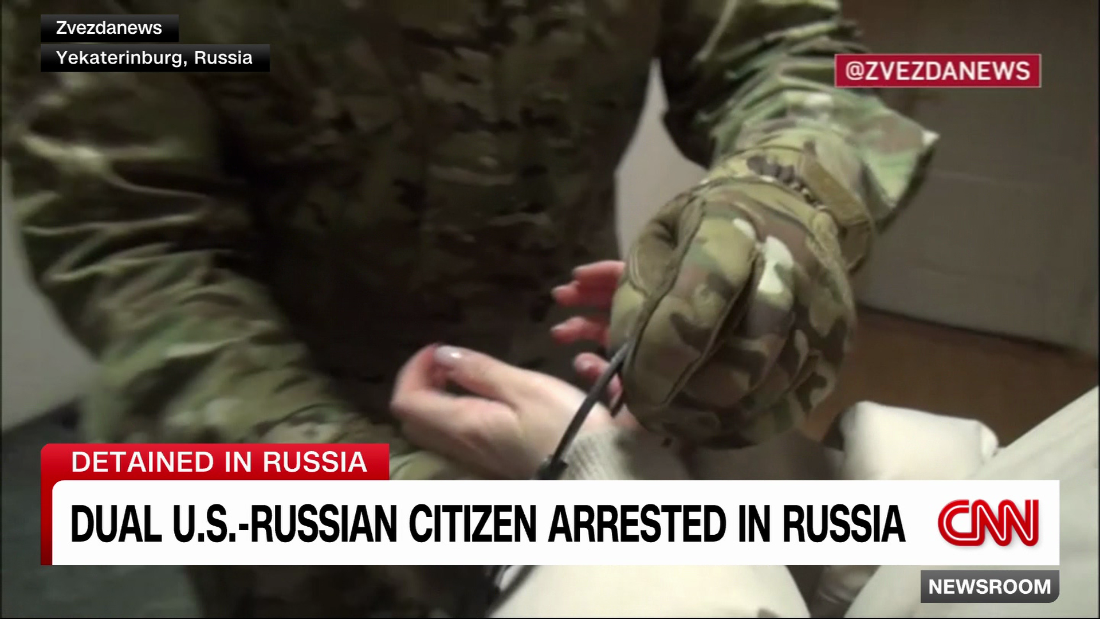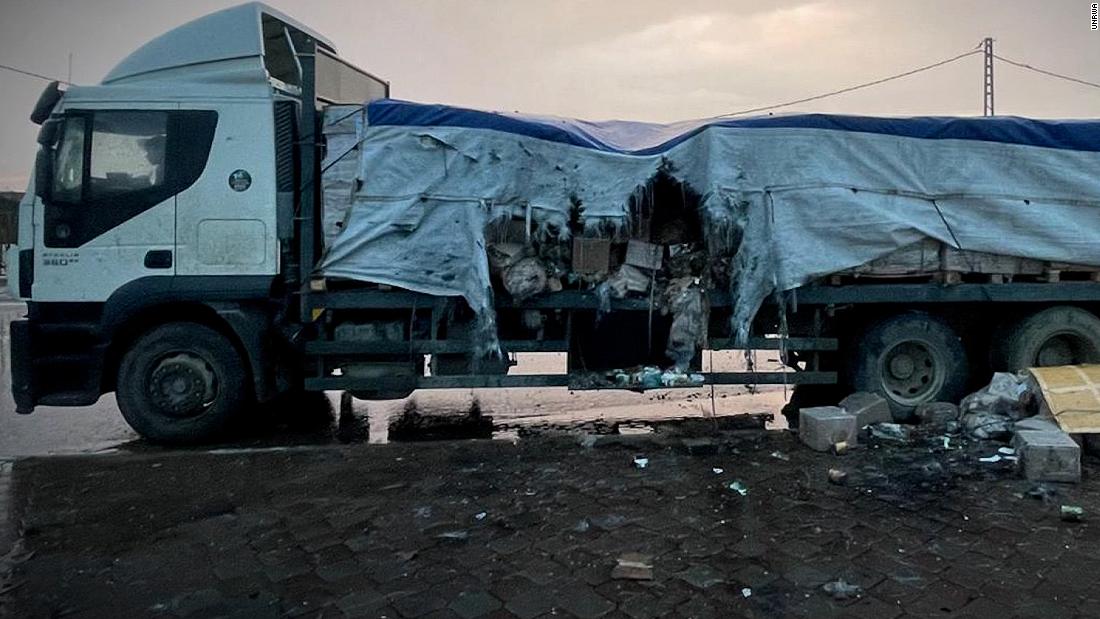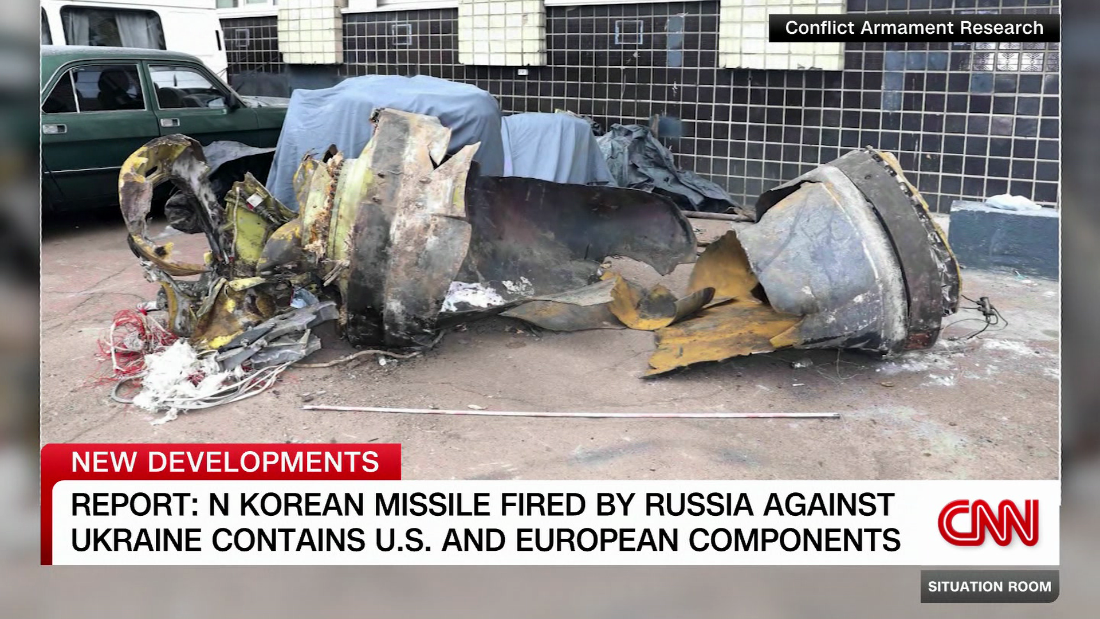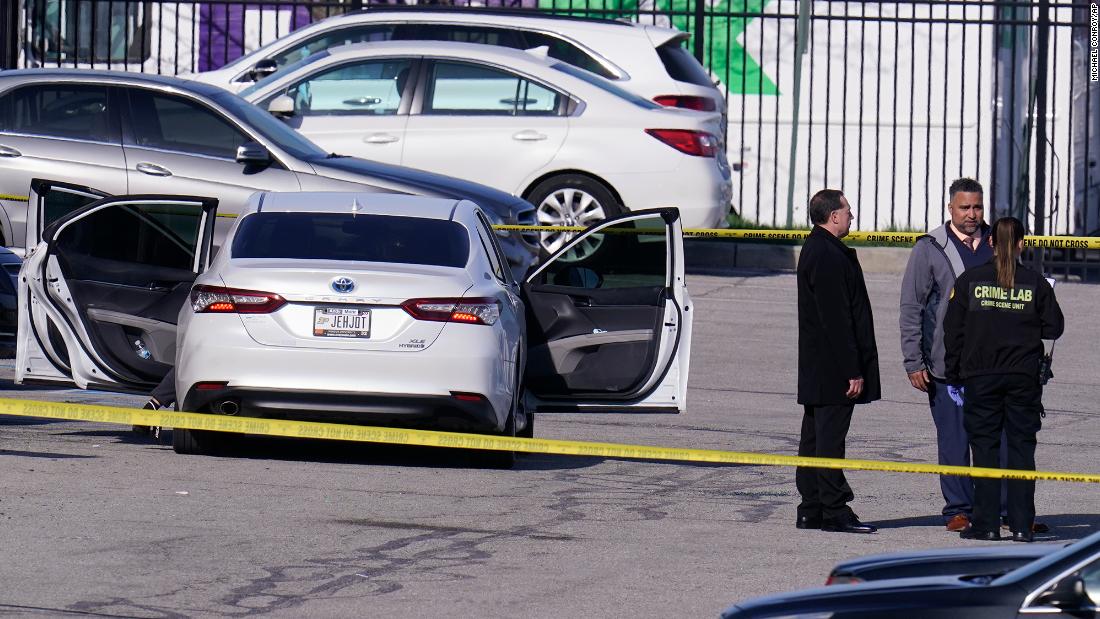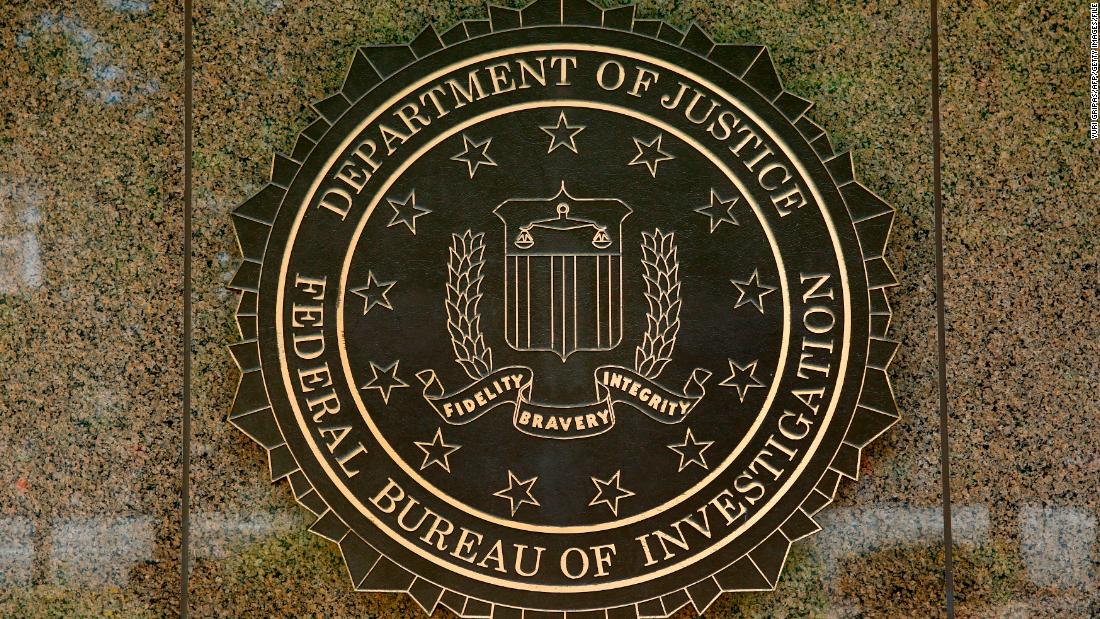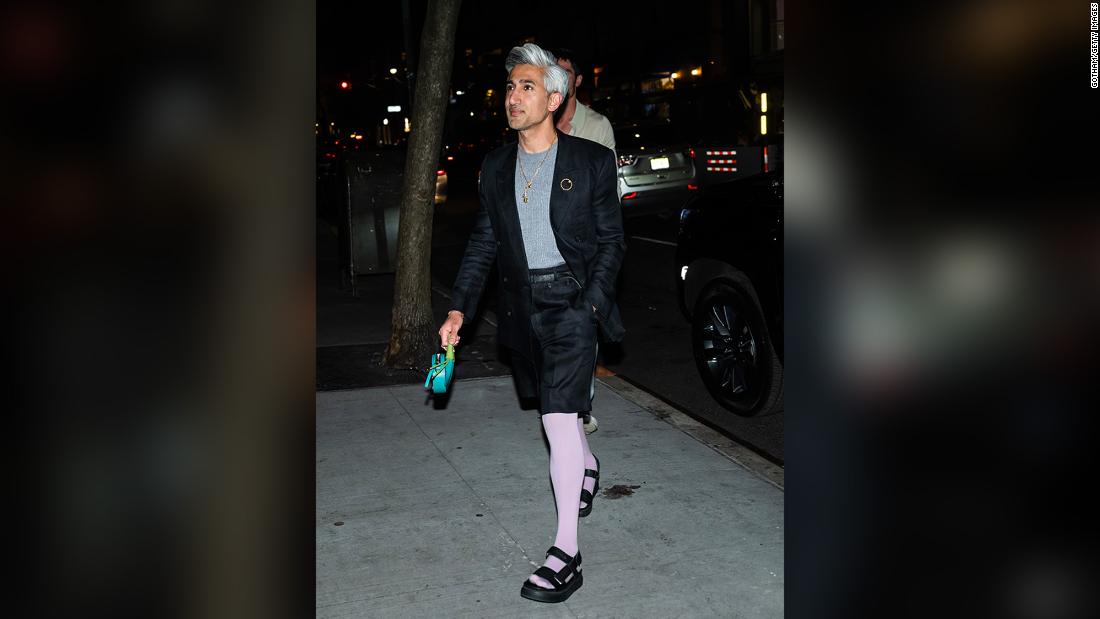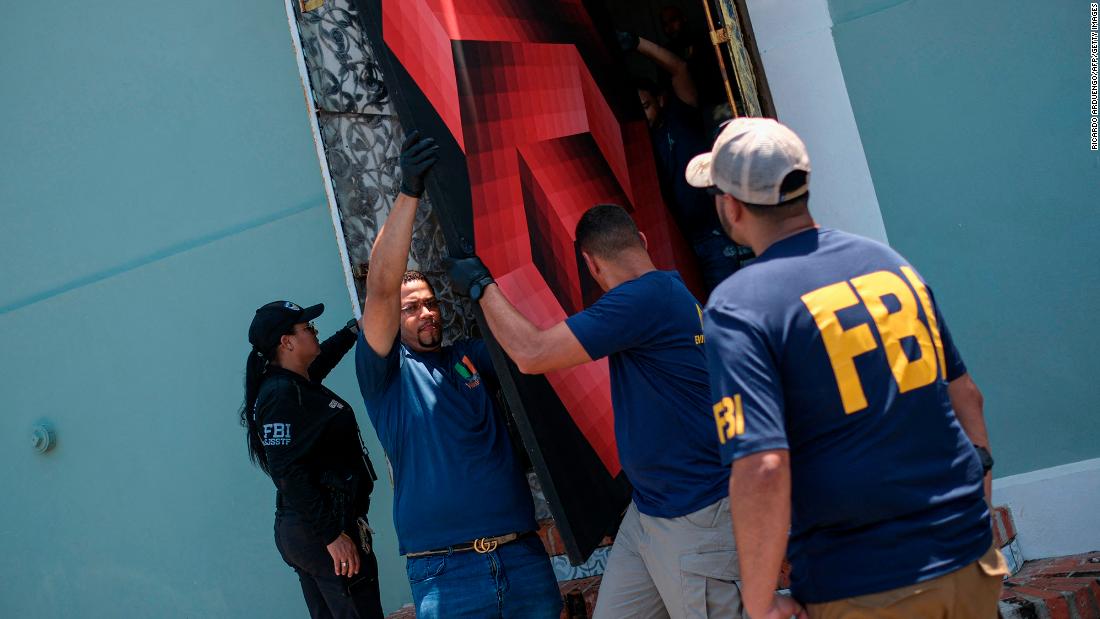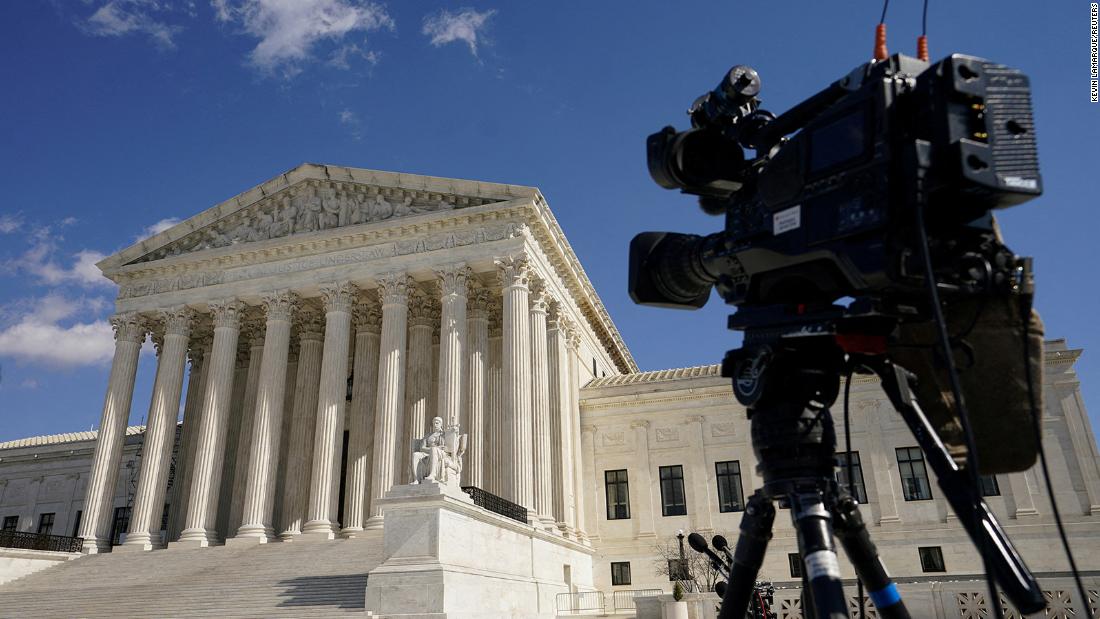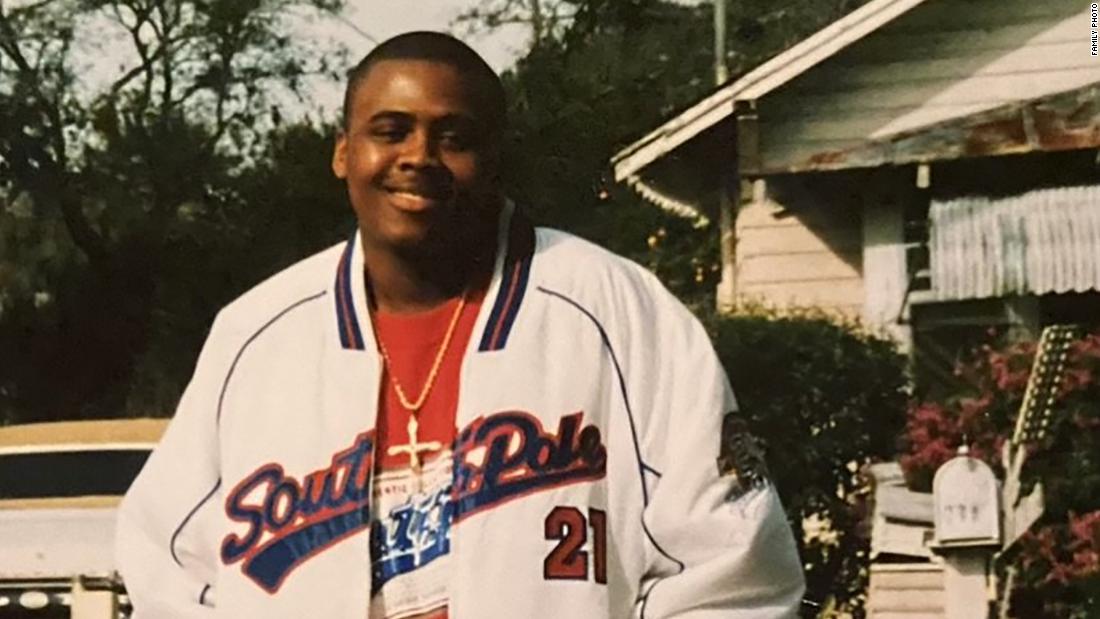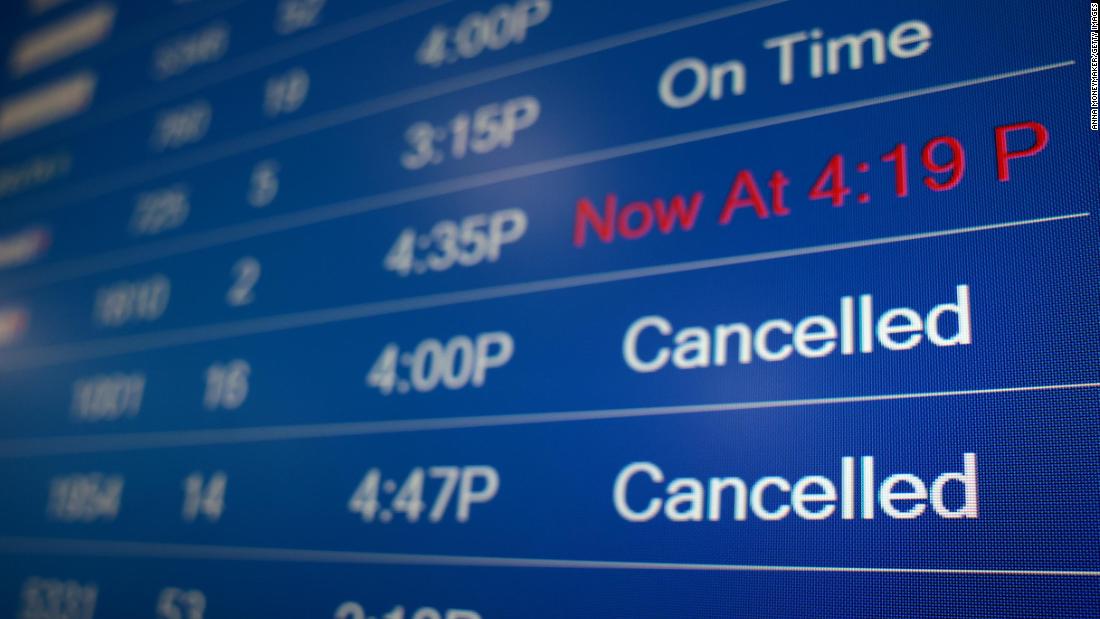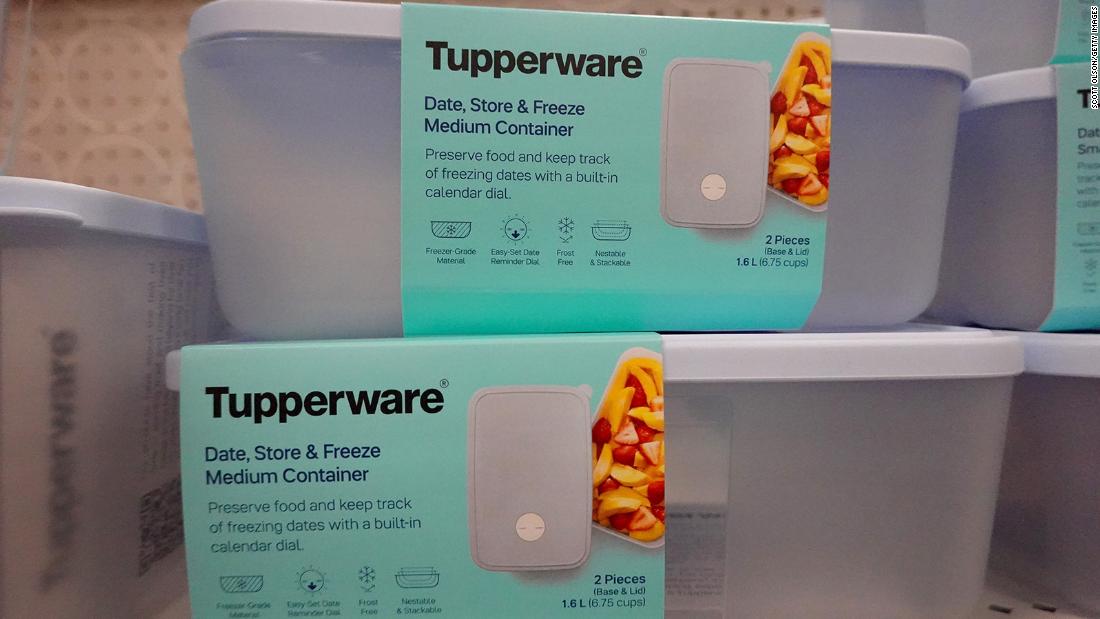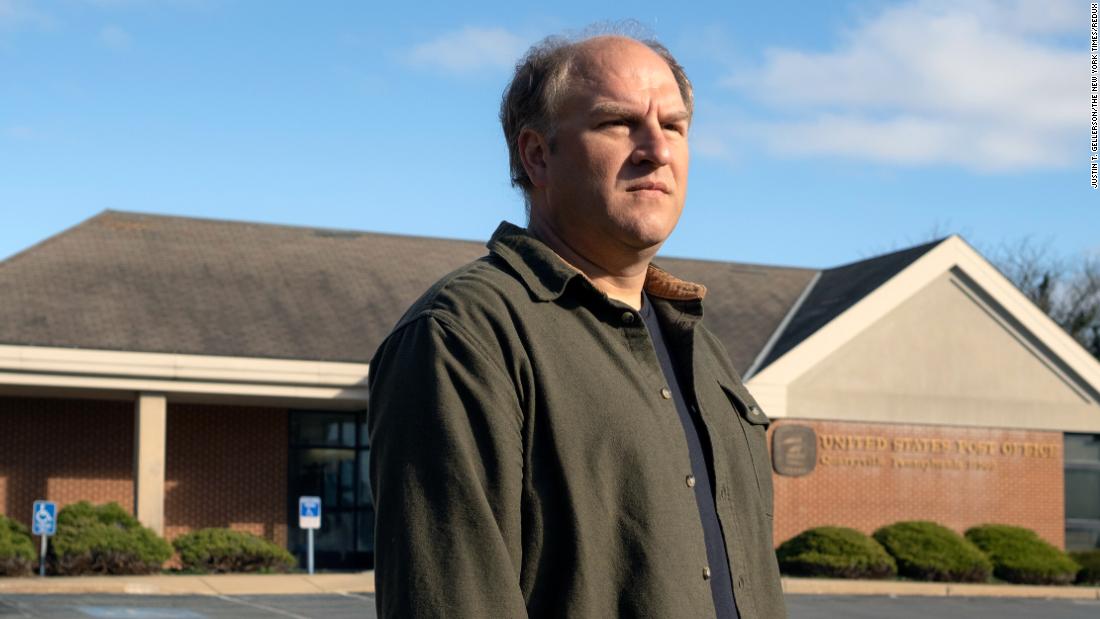CAGED in Category A prisons for 29 years, the man convicted of masterminding the Essex Boys triple murder has been released – but with a rigorous stipulation.
Grey-haired and in his eighth decade, Michael Steele still vehemently denies he was behind the most infamous gangland hit in British criminal history.
Michael Steele, who still vehemently denies he was behind the most infamous gangland hit in British criminal history, was released in May (pictured in 2006)Rex Features
Pat Tate, Tony Tucker and Craig Rolfe were the three victimsPA
Oliver Harvey talking to retired senior Scotland Yard detective David McKelvey – who has spent the last five years painstakingly studying the case – at the scene in EssexLouis Wood
Despite efforts by the Justice Secretary to keep him under lock and key, the career criminal was released from prison on licence in May.
A Ministry of Justice spokesperson said he was under “strict conditions and intensive probation supervision” and that “he faces an immediate return to prison if he breaks the rules”.
One of those stringent conditions is that Steele does not discuss the case with journalists.
Unless the snail-paced Criminal Cases Review Commission – currently conducting its third examination of the case – grants a fresh appeal, it’s a silence he’s likely to take to the grave.
Steele has been unwavering in his protestations of innocence.
According to recently-released Parole Board documents, he insists “the killing was organised by another criminal and a corrupt police officer”.
It was a shocking claim that, over the years, did little to encourage the authorities to grant him his freedom.
But Steele stuck by his word as the grim prison years ticked slowly by and the outside world moved on.
His minimum tariff of 23 years passed in May 2019, but he didn’t waver in his assertion of innocence.
Finally, in February this year, the Parole Board deemed Steele was no threat and could walk.
But Justice Secretary Shabana Mahmood disagreed and slammed the brakes on.
Her department spokesperson insisted: “Public protection is our first priority.”
Yet, retired senior Scotland Yard detective David McKelvey – who has spent the last five years painstakingly studying the case – told me: “Steele is 82, he poses absolutely no risk.”
Not only that, but the 62-year-old retired Detective Chief Inspector believes Steele and his accomplice Jack Whomes – both now free – are innocent of the Essex Boys slaying.
After returning to the murder scene with McKelvey and other ex detectives, I too believe there has been an awful miscarriage of justice.
Steele and Whomes’ convictions rest largely on the word of “Fat Darren” – supergrass Darren Nicholls, a paid police informer and drug dealer.
Appeal Court judges would later say Nicholls had a “corrupt” relationship with his Essex police handler.
So did this star witness tell an Old Bailey jury the truth, the whole truth, and nothing but the truth?
What is certain is that the murders so captured the public imagination it spawned 12 feature films – including 2000’s Essex Boys starring Sean Bean – and a raft of books.
I have attempted to sift through the welter of fact and fiction and discover what really happened.
Grisly scene
Police were pictured examining the scene in 1995 where the trio were shot dead
The bodies of Patrick ‘Pat’ Tate, Tony Tucker and Craig Rolfe, were found inside a blue Range RoverREX
Michael Steele alongside co-defendant Jack Whomes following the ‘Essex Boys’ gangland murdersPA
On a crisp February morning in 2021, I met McKelvey and another ex leading detective Albert Patrick in Workhouse Lane, Rettendon.
Set amid Essex farmland, it is immortalised as the spot where a metallic blue Range Rover containing the bodies of the three men had been discovered 26 years previously.
Using a similar SUV, the two cops skillfully recreated the crime scene for a Sun documentary.
Retired Det Chief Supt Patrick, 76, paced around the motor, describing the dead men inside and how they were murdered.
Slumped behind the wheel was violent cocaine addict Craig Rolfe, 26, who was born in Holloway Prison.
In the passenger seat was ex-soldier Tony Tucker, 38, the body-building head of a security firm that controlled the drugs trade in Essex nightclubs.
Tucker was ultimately responsible for supplying the ecstasy pill that led to the death of 18-year-old Leah Betts in November, 1995, a tragedy that had traumatised the nation.
The guy was very, very good at what he was doing and he’s done it before
Retired Det Chief Supt Patrick
In the back seat was Tucker’s enforcer, short-fused 18-stone man-mountain Pat Tate, 36, who had heroin, cocaine, cannabis and steroids in his bloodstream when he died.
All three had been shot in the face with a pump action shotgun so swiftly that they had no time to retaliate.
Rolfe’s hands were still on the steering wheel and his foot on the brake. Tucker was holding his mobile phone.
Tate took a bullet in the stomach to immobilise him before he, too, was shot in the head.
There were no witnesses. Whoever pulled the trigger left behind no fingerprints or DNA.
Patrick, who spent “31 years nicking villains” before he became a civilian homicide review officer for the Met, called the slaying “retribution” and “a professional hit”.
He said of the assassin: “The guy was very, very good at what he was doing and he’s done it before.”
Essex Police were under huge pressure to solve the most high profile gangland assassination since the Kray Twins ruled London’s East End.
‘Perjury’
‘Fat Darren’ had worked with Steele, pictured, and WhomesRex
Their inquiries stalled until petty crook and police informant Darren Nicholls was arrested in May 1996.
Ex-BT engineer Nicholls, then 30, was held after 10kg of cannabis was found in his van.
He had worked with Whomes, Steele and the dead men. But when accused of being in the murder gang, he turned grass.
His testimony was that his friend Steele had lured the murdered trio to Rettendon as a passenger in the Range Rover.
Whomes, he insisted, then jumped out of the bushes, handed Steele a shotgun and between them they blasted the trio to death.
The motive, he said, was a cannabis deal that had gone wrong.
Nicholls, who said he was the getaway driver, claimed that Steele had boasted: “They won’t f*** with us again.”
Whomes admits he was in Rettendon on the night of the murder, saying Nicholls had asked him to pick up a broken-down car.
In January 1998, Steele, of Great Bentley, Essex, and Whomes, then from Brockford, Suffolk, were convicted of the murders and were sentenced to life.
You must bear in mind it was in his own interest to become a prosecution witness – he hopes to get less time to serve
Mr Justice Hidden
Trial judge Mr Justice Hidden had told the jury of Nicholls in his summing up: “You must bear in mind it was in his own interest to become a prosecution witness – he hopes to get less time to serve.”
Nicholls pleaded guilty to drug-running and was given a lenient sentence, gifted a new identity and rehoused at a secret location.
In 2000 he broke cover. Lubricated with Jack Daniels, he revealed: “My little boy keeps saying, ‘Why can’t we have our old name back? Why can’t I call my friends? Why can’t we go back to Essex?’
“One day he’s going to want to get married. One day he’s going to want to know why he doesn’t have a birth certificate.
“And when it all comes out and he finds out his dad’s a grass, he’ll probably end up hating me too.”
The same year another supergrass – held in the same secure unit as Nicholls back in 1997 – claimed the Essex man had told him before Whomes and Steele’s trial that his testimony was untrue.
“He said the story he was supposed to tell in court was a pack of lies,” the grass revealed. “I thought there were forensics, witnesses. I could ignore Darren’s perjury because I thought it was just the cherry on the cake.
“Now I realise Darren wasn’t the cherry on the cake – he was the cake.”
At Steele and Whomes’s failed 2006 appeal, judges found that Nicholls may have received up to £15,000 in a book deal relating to the case, signed before the pair’s trial.
The supergrass also agreed to take part in a TV documentary – again before Whomes and Steele were tried.
Jurors at the 1998 trial were not told of the lucrative media deals but when the evidence was put before Appeal Court judges eight years later, they ruled the convictions should stand.
Cold-blooded execution
Steele’s co-accused Jack Whomes, pictured, has been released from prisongetty
In 2021, Whomes, now 63, was released after 23 years in jail.
In all those long years he’d never wavered in his insistence that he was innocent of the Rettendon murder.
His brother John told me: “Jack’s free but he hasn’t got justice yet.”
In his summing-up at the 1998 Steel and Whomes Old Bailey trial, the judge pointed out that whoever committed the murders must have been an expert marksman.
John insists his brother wasn’t capable of such a cold-blooded execution.
Growing up on a Suffolk farm, John said there were guns around, but that Jack was never interested in them.
“He’s a mechanic. He’s interested in how things work,” his retired builder brother said.
“When we was kids, my dad bought a clay pigeon trap. Jack was fascinated.
“He was pulling the arm around when it swung full circle, hit him on the neck and knocked him out cold.
“He’s still got the scar. He never went near guns or clay pigeons after that.”
So if Steele and Whomes didn’t kill the Essex Boys, who did?
‘Alternative scenario’
David McKelvey, pictured, has pieced together an alternative scenario
Pictured, the car in which the killing took place, which resurfaced in 2021 and went up for auction in a raffle
McKelvey and Patrick have pieced together an alternative scenario which I believe holds credence.
On January 14, 1996, the Met Police arrested a “mid-tier” East End villain called “Billy” for armed robbery.
The crook claimed he had been paid £5,000 to be the getaway driver in the Essex Boys hit.
Billy said the order for the killings was placed by a major South London criminal – who had fallen out with Tucker over a drugs debt – and organised by an East London firm.
Later Billy testified at Whomes and Steele’s trial that he had been an unwitting getaway driver.
Former cop Patrick – who reviewed the murders of Damilola Taylor and Rachel Nickell for the Met – told me: “There’s been a total miscarriage of justice.
“If you’re going to trust the word of a supergrass then you need corroboration.”
McKelvey says of Steele and Whomes: “When you’ve completed your sentence, why would you continue to protest your innocence?”
These two hard-bitten ex cops have diligently reviewed the case, not for money, but because they want to see justice done.
I too believe the evidence against Steele and Whomes isn’t close to passing the “beyond reasonable doubt” threshold.
Essex Police point out there was “an exhaustive police investigation” into the murders and that the Court of Appeal twice rejected miscarriage of justice claims.
Meanwhile, the notoriously slow-moving Criminal Cases Review Commission continues its deliberations.
For my part, I would relish the opportunity to interview Steele. But his lips have been sealed.
AlamyThe murders so captured the public imagination it spawned 12 feature films – including 2000’s Essex Boys starring Sean Bean, pictured – and a raft of books[/caption] Published: [#item_custom_pubDate]













